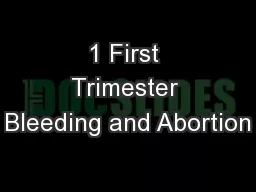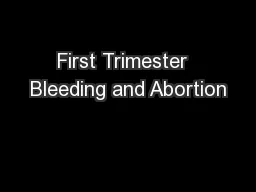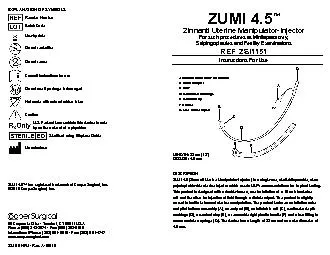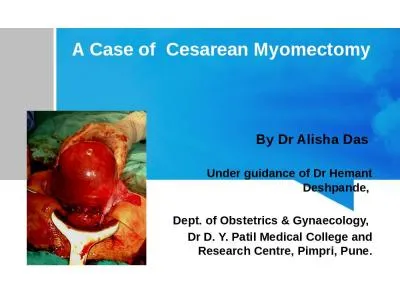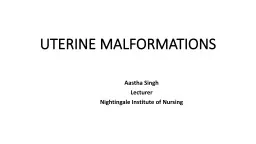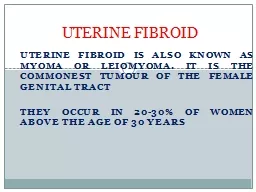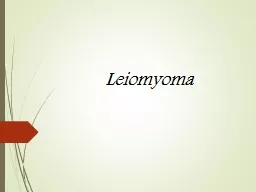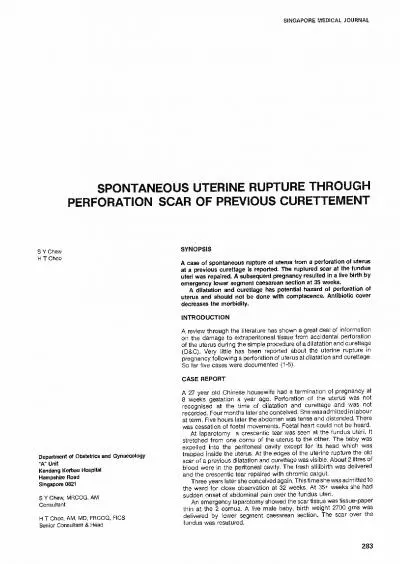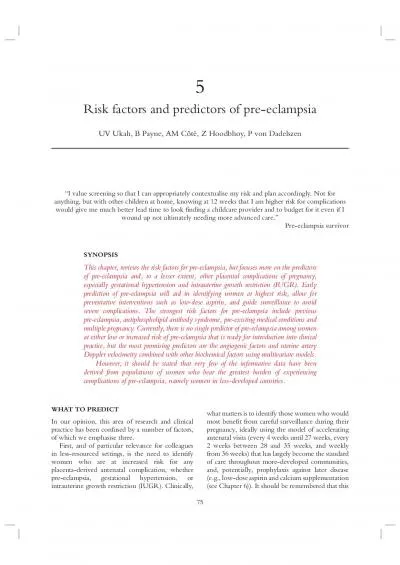PPT-First trimester Uterine Artery
Author : delilah | Published Date : 2022-06-08
Cervival length EKeshavarz MD Mahdiye Hospital SBMU Preeclampsia Preeclampsia which affects about 2 of pregnancies is a major cause of perinatal and maternal morbidity
Presentation Embed Code
Download Presentation
Download Presentation The PPT/PDF document "First trimester Uterine Artery" is the property of its rightful owner. Permission is granted to download and print the materials on this website for personal, non-commercial use only, and to display it on your personal computer provided you do not modify the materials and that you retain all copyright notices contained in the materials. By downloading content from our website, you accept the terms of this agreement.
First trimester Uterine Artery: Transcript
Download Rules Of Document
"First trimester Uterine Artery"The content belongs to its owner. You may download and print it for personal use, without modification, and keep all copyright notices. By downloading, you agree to these terms.
Related Documents


